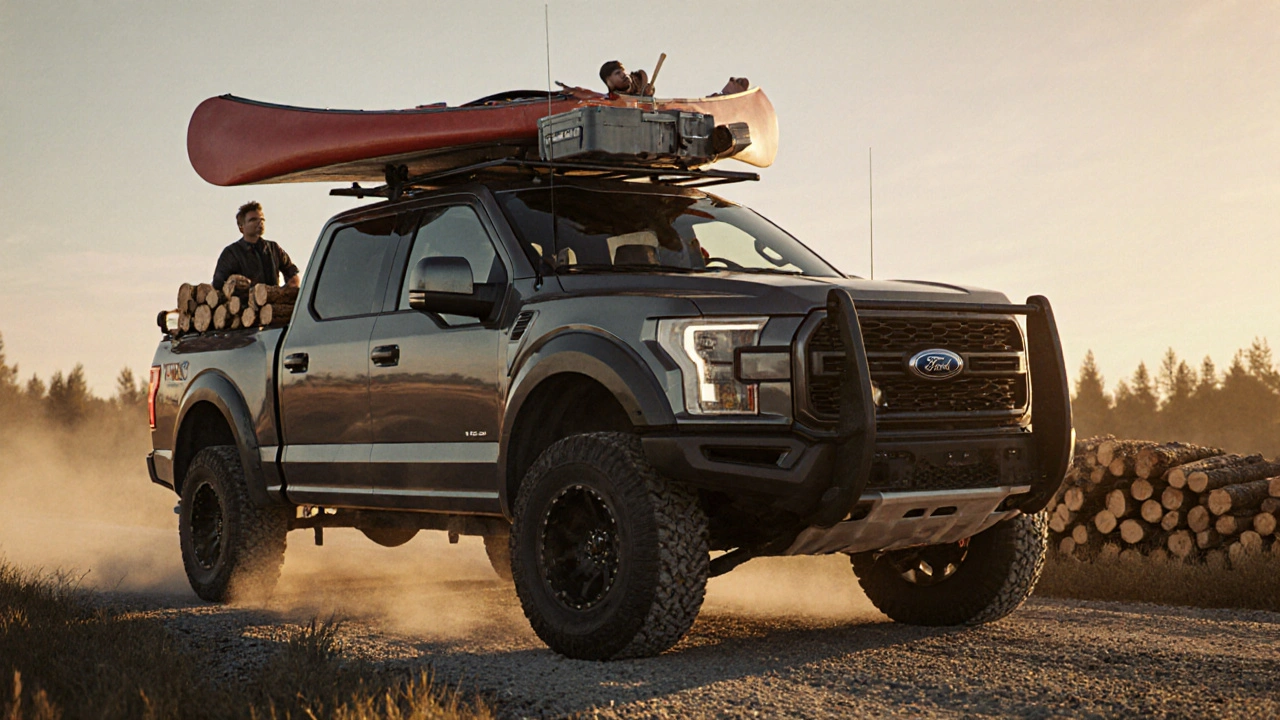Pickup Truck Payload: What It Means and How to Maximize It
When you hear pickup truck payload, the total weight a truck can carry including passengers, cargo, and fuel, it’s not just a number on a sticker—it’s the difference between a smooth haul and a broken axle. This number tells you exactly how much you can safely load into the bed, cab, and hitch without risking damage or danger. Think of it like your truck’s carrying limit: too much, and you’re not just overloading the bed—you’re stressing the suspension, brakes, tires, and frame. It’s not about how much you can fit—it’s about how much you should fit.
The payload capacity, the maximum weight a vehicle can carry, calculated by subtracting curb weight from gross vehicle weight rating isn’t the same as towing capacity. Towing is what you pull behind the truck. Payload is what you carry on it. If you’ve got a 1,500-pound payload rating and your passengers and gear weigh 800 pounds, you only have 700 pounds left for tools, coolers, or firewood in the bed. Many people forget that the weight of people, tools, and even a full gas tank all count. A full tank of gas can add 150 pounds. Two adults? Another 350. That leaves less than you think.
Overloading your truck doesn’t just risk mechanical failure—it changes how it drives. Brakes take longer. Steering gets heavier. Tires overheat. Suspension bottoms out. And if you’re ever in an accident, an overloaded truck can be used against you in court. You don’t need to be a mechanic to check your payload. Look for the sticker inside the driver’s door frame—it lists your truck’s exact payload and GVWR. Subtract the weight of everyone and everything already in the truck. What’s left is your real usable space.
Some folks think adding airbags or heavier springs lets them carry more. It doesn’t. Those upgrades help with ride quality, but they don’t change the factory-rated truck bed load, the maximum weight the truck bed is engineered to safely hold. The frame, axles, and suspension were designed for a specific load. No aftermarket fix can override that. If you need to haul more, you need a truck with a higher payload rating—not better springs.
Knowing your payload isn’t just smart—it’s necessary. Whether you’re hauling lumber, tools, ATVs, or camping gear, the right load keeps you safe and your truck alive. The posts below cover real-world examples: how to organize cargo without exceeding limits, why bed liners matter for weight distribution, how to read your truck’s specs, and what happens when you ignore the numbers. No fluff. No guesses. Just what works.

Payload Calculations for Pickup Trucks: Real-World Scenarios
- 15 Comments
- Oct, 5 2025
Learn how to calculate real-world payload for pickup trucks using actual weights, not manufacturer claims. Avoid overloading with practical tips and scenarios from daily use.




